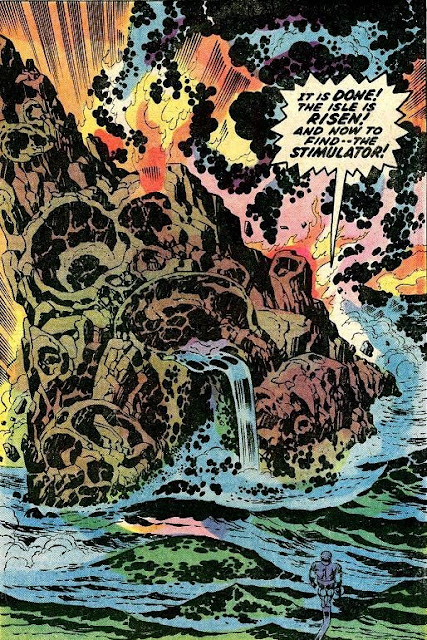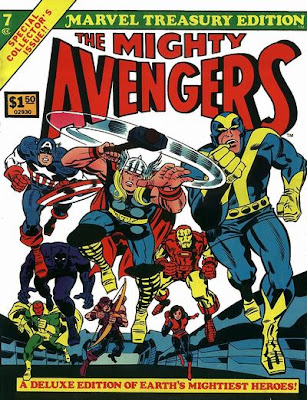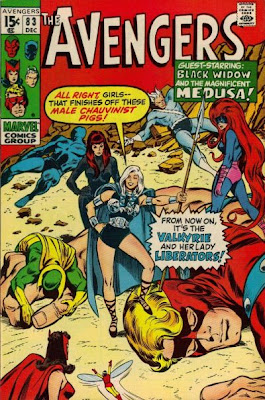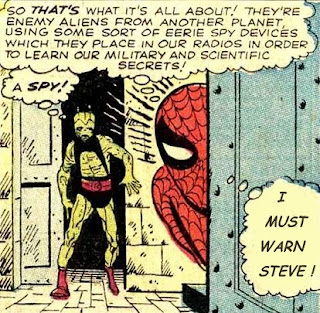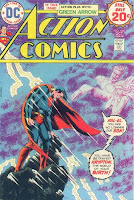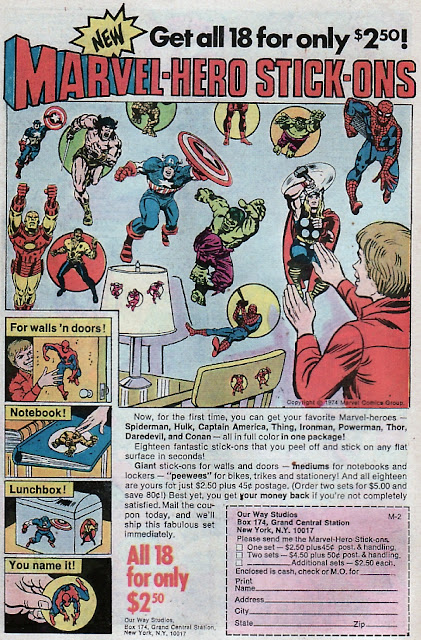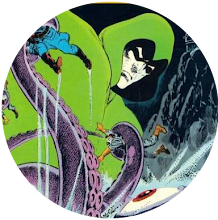Come with me, for I am going on a journey of discovery, a voyage to amazing places, in which I'll be learning all kinds of things I never knew before and see all sorts of incredible sights.
That's right, it's time for me to once more become the Professor Brian Cox of the Internet and blast off into space with the Moonbase Alpha gang and their contingent of groovy spaceships.
"But what's this?" I hear you cry. "What's happened to Barry Morse and how come he's got boobs all of a sudden?"
Sadly, Barry was dropped after the first season and replaced by the legend that is Catherine Schell.
 |
Catherine Schell welcomes visitors to her
Blackpool boarding house, which may or
may not exist. |
Her friends know her as Catherine Schell but we all know her as Maya. We also all know her I think as the greatest woman who ever lived. There are a million billion zillion trillion creatures in the universe, all made of the same stuff as stars - and Catherine Schell can transform herself into any of them.
I was also once told by someone I knew that Catherine Schell is the mother of Matthew Waterhouse who played Adric in
Dr Who and that she used to run a boarding house in Blackpool. Granted I've never seen any evidence at all to back up either of these claims but it shows the sheer awesomeness of the woman that, thanks to her, I once found myself in what seemed to be an alternative dimension where Maya from
Space: 1999 runs a Blackpool boarding house, and people from science fiction shows are all related purely by virtue of having been in science fiction shows.
 |
Why do I get the feeling the third actor in this shot got himself a new
agent straight after filming this? |
But even with a new crew member in place, there's still a daily dose of trauma to be overcome by the Moonbase Alpha team, and so we kick-off the 1978 annual with a prose adaptation of the episode in which Maya was recruited to Moon Base Alpha after her father turned out to be not just Brian Blessed but evil. I'd tell you if the adaptation's any good but, frankly, these days I only read stories that have pictures, so I couldn't say.
Next we get an interview with Catherine Schell, in which she mentions neither Matthew Waterhouse nor Blackpool. My suspicions are starting to grow.
Now we get another prose tale about yet another treacherous alien.
Next we get a
Spot the Difference page. I'm proud to announce I've spotted several differences and have thus proven I am at least the intellectual equal of a child.
After this, we get what we all really came for - a picture strip. In it, Moonbase Alpha's reunited with Earth, only to discover that, in their absence, it's been overrun by evil vegetation - so they don't like it any more and refuse to live there the fussy so and so-s. So what? My garden's full of evil vegetation and it doesn't put me off living on the planet Earth. On the upside, Maya turns into a gorilla.
Next we get a page of cartoons.
Now another
Spot the Difference page. Again, I spotted several differences - proving beyond all doubt that I have a level of intellectual development at least on a par with a child.
Then there's a board game that's clearly based on Monopoly - as all board games devised for annuals seemed to be.
Next, we get a one-page quiz about matters Outer Space. I'm proud to declare I got some of the answers right, proving not only that I am indeed the new Professor Brian Cox but that I'm also at least the intellectual equal of a child.
Next, we get a pin-up of Barbara Bain.
Then we get another prose story about treacherous aliens. This time, they're one-eyed treacherous aliens, so it's a not altogether positive portrayal of the disabled.
Now there's a two-page quiz testing your knowledge of Moonbase Alpha and its staff. I think I've got all the answers right, proving once again that I have intellectual capabilities at least on a par with a child.
Next we get a pin-up of Tony Anholt.
And now we get yet another prose story - this time the Alphans encounter a horny monster called the Beast of Bokassa. Presumably they met it just after seeing off the Beast of Pol Pot. Like the villains in the previous story, the Beast of Bokassa also has only one eye.
After all this verbal story-telling, at last we get another picture strip, as Moonbase Alpha and some aliens find themselves having a fight to see who should get the right to colonise a planet they've just discovered. Needless to say those sneaky aliens can't be trusted but, for once, they at least have a full complement of eyes.
Now we get another
Spot the Difference page. I'm proud to say I've spotted several differences, proving once and for all that I have a level of intellectual development at least equal to that of a child.
Next we get a one-page quiz challenging us to decipher an alien message. I'm proud to say I deciphered it, proving that... ...well, you get the picture.
Now there's a couple of pages devoted to stills from the show, which've had humorous captions added to them. It includes this joke; "Where do astronauts leave their space ships?" A great big
Steve Does Comics No-Prize goes to the first person to come up with the correct answer as published in the annual.
They always say you should never part on a cross word but the annual does just that by parting with a crossword. I'd like to boast that I completed it and proved I have at least the intellectual development of a child but the crossword's missing, having for some reason been cut out by me at some point. I of course did this because back then I had the intellectual development of a child.
So there you have it, My bid to become the nation's best-loved space expert - and I didn't even have to show everyone a load of satsumas representing all the stars in the universe to do it. It wasn't an entirely happy journey. I discovered that 99% of aliens can't be trusted and neither can anyone with only one eye. I learned that even the mighty Barry Morse can be replaced, and that nuclear piles might not be as painful as any other kind of piles you might get but they can't half play havoc with your orbital arrangements.
